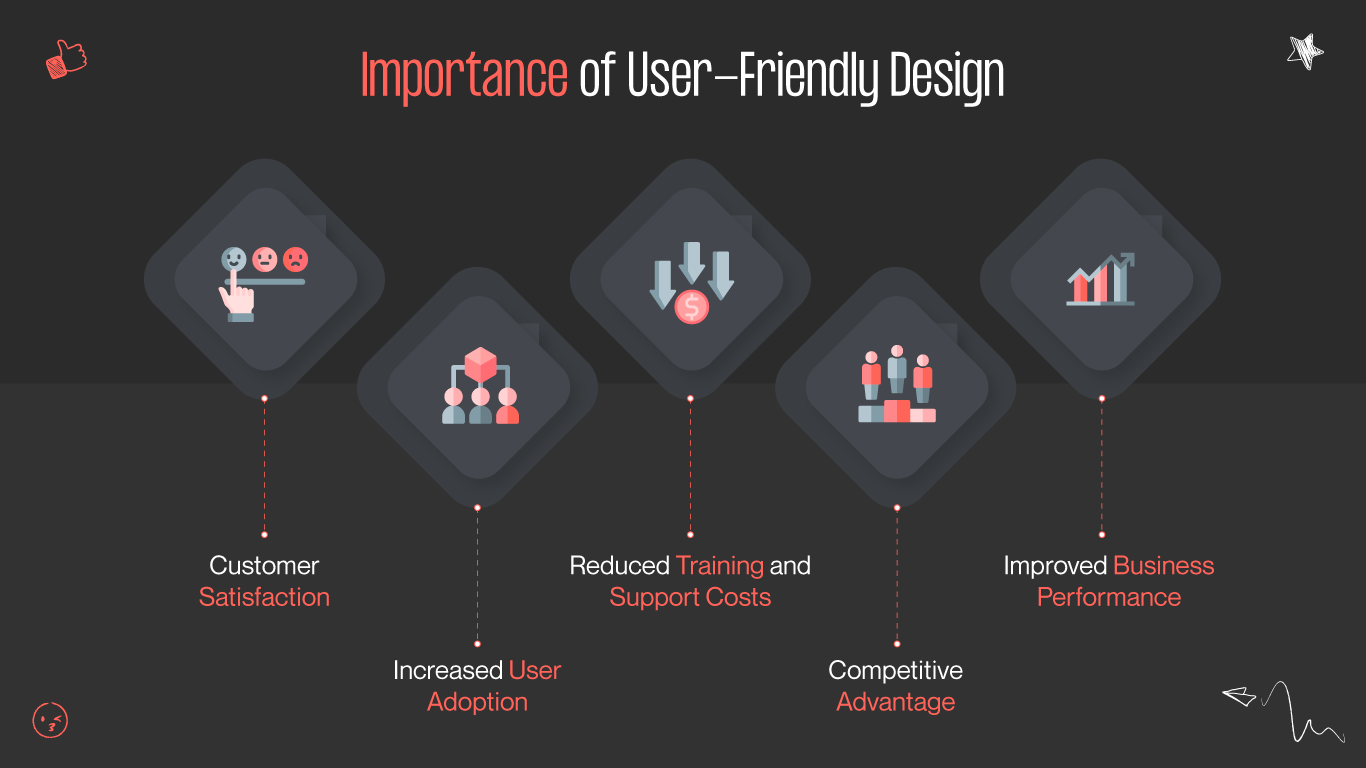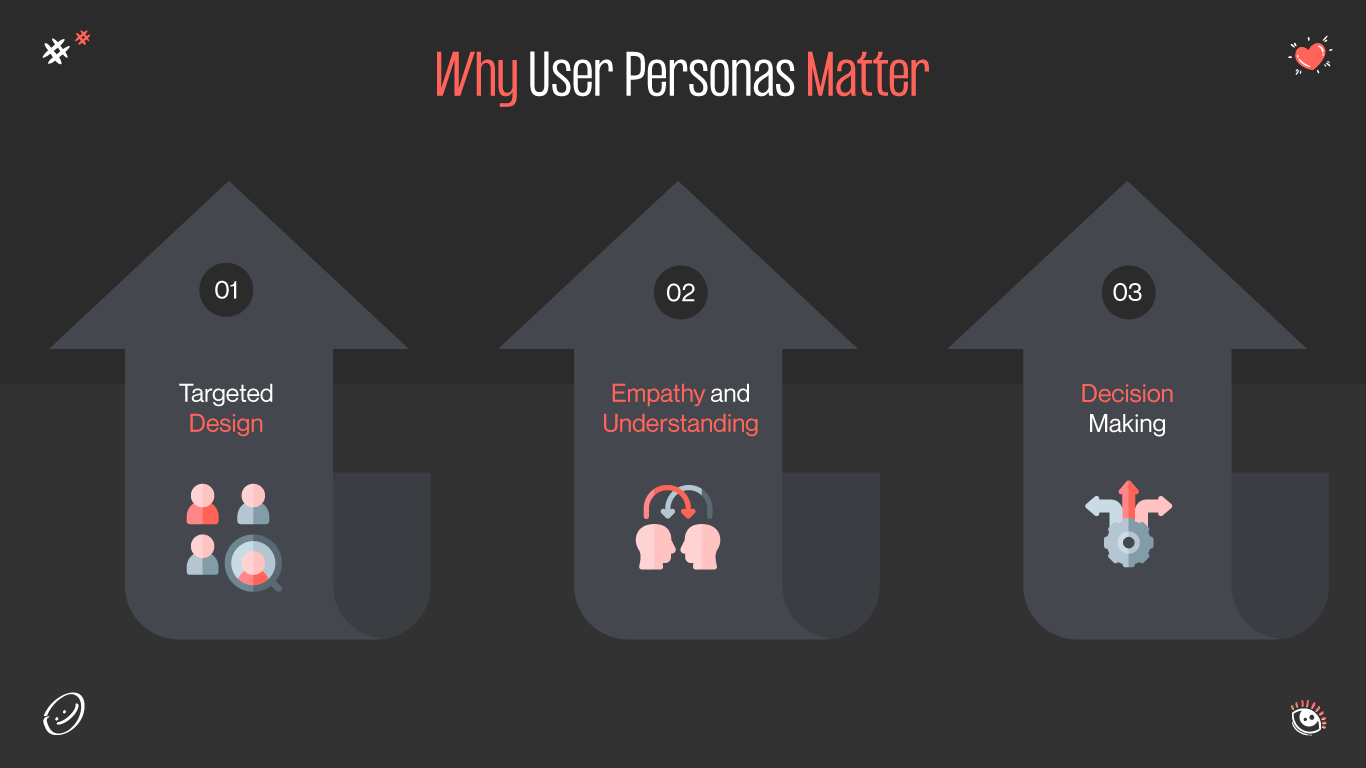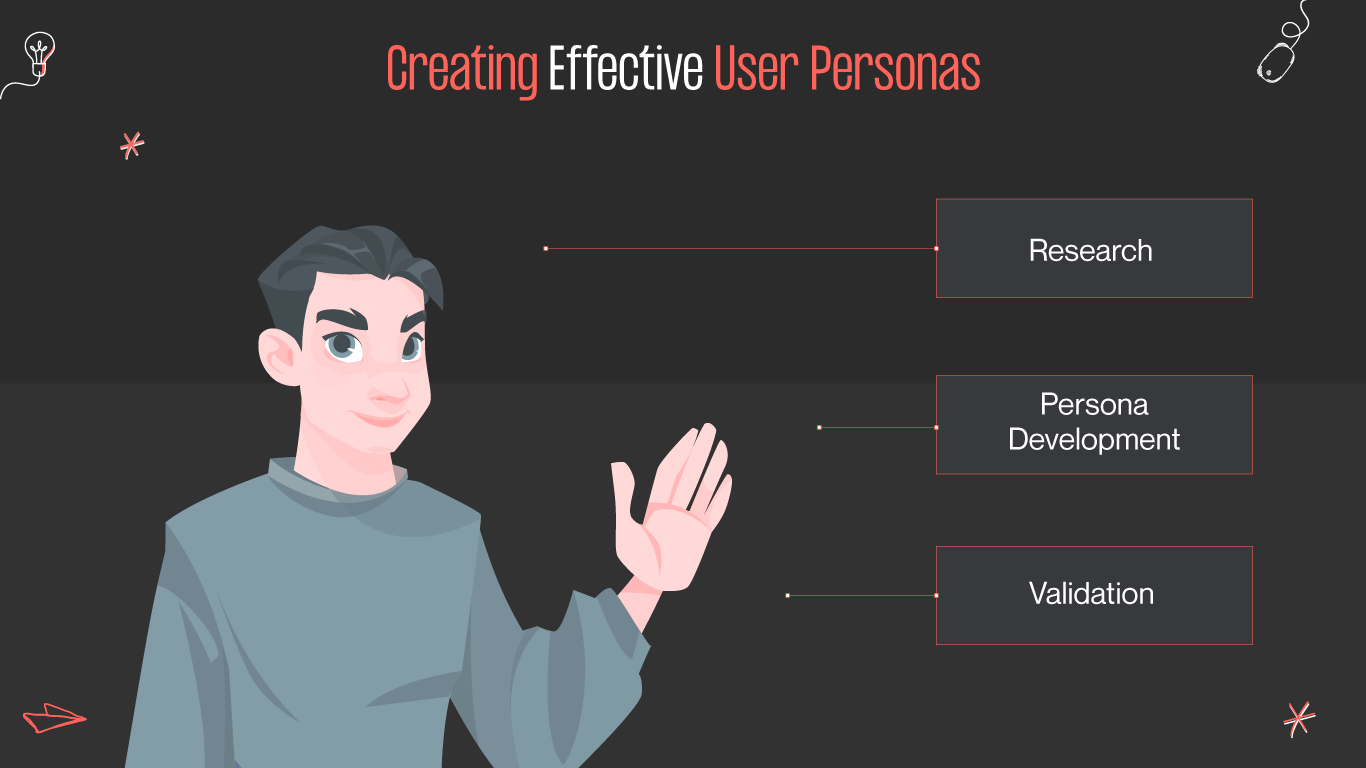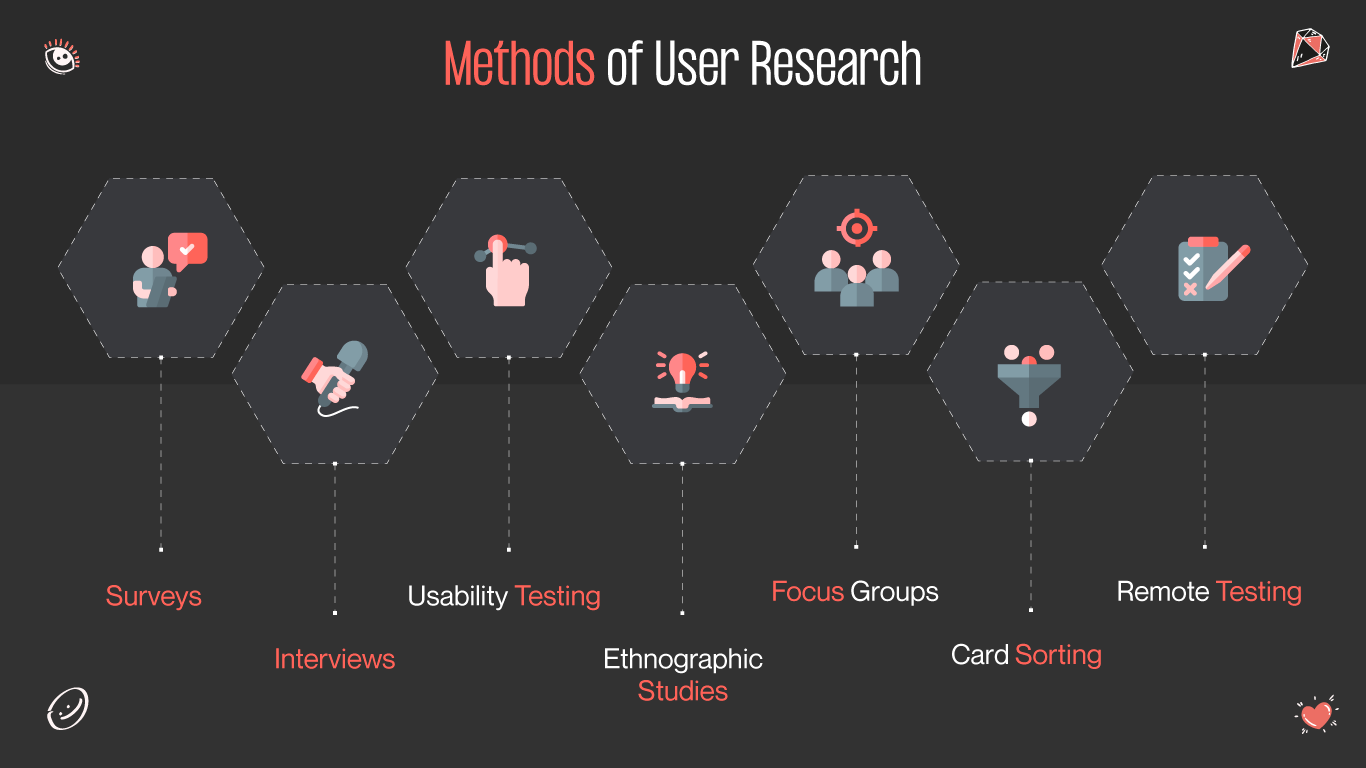In the vast digital landscape, where attention spans dwindle and options abound, the success of your digital product hinges on one crucial factor: user experience. Can you believe that over 70% of users abandon a website due to poor usability? We were shocked to find out that even the most innovative concepts can flounder if they fail to prioritize user-friendly design.
Delving into the realm of UX/UI design, we uncover fascinating statistics and trends that shape the digital landscape. According to MarketSplash's Web Design Statistics for 2023, user experience is not just a nicety but a necessity, with 88% of online consumers less likely to return to a site after a bad experience. Meanwhile, Zippia's report on User Interface Designer Demographics sheds light on the diverse talents driving innovation in interface design.
What about the elusive Generation Z? With their digital fluency and high expectations, understanding their influence is paramount. WP Engine's "Generation Influence" results reveal invaluable insights into Gen Z's preferences and behaviors, guiding us toward designs that resonate with this influential demographic.
Furthermore, in a world where e-commerce reigns supreme, the importance of user-friendly design cannot be overstated. Statista's data on Reasons for Millennials in the United States to Use Shopping Apps underscores the pivotal role of convenience and usability in capturing the coveted millennial market.
As you journey through this guide, expect to uncover practical tips, case studies, and expert advice tailored to empower you in crafting user friendly interfaces that captivate and convert. From intuitive navigation to responsive layouts, every aspect of design plays a pivotal role in shaping the user experience.










